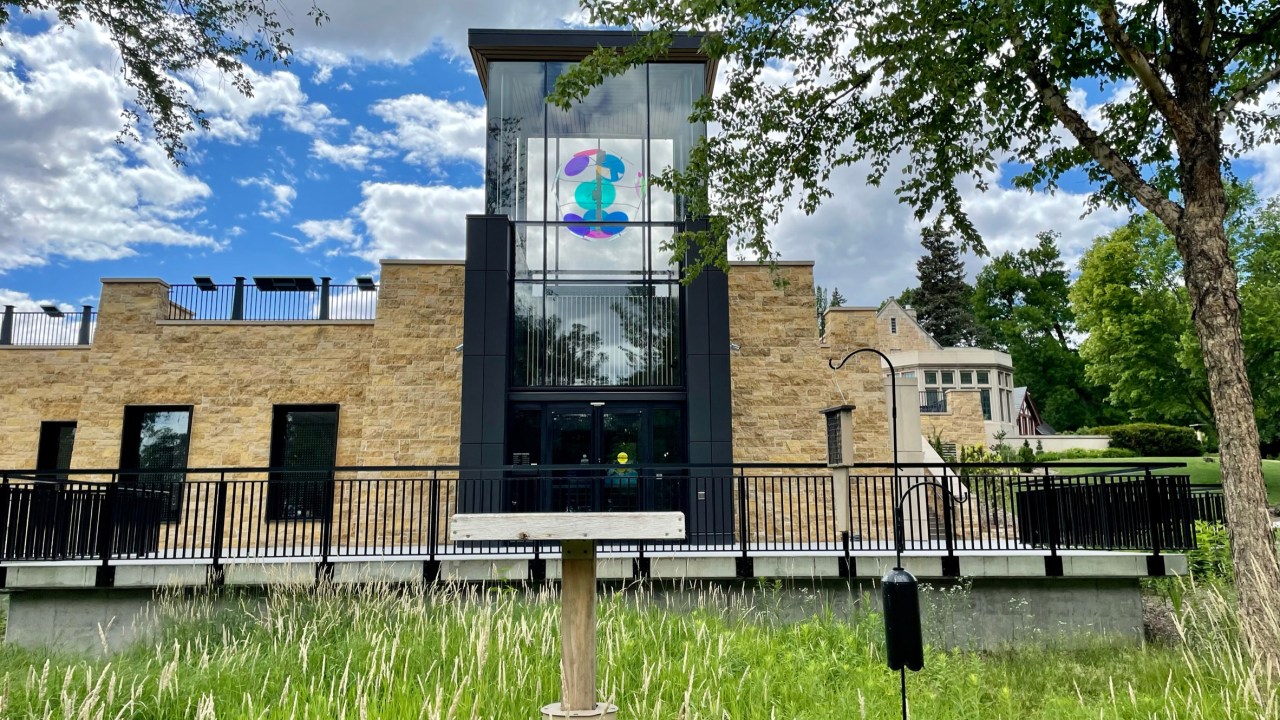
Some of the most interesting conversations I had at #AAM2022 were about workplace issues, notably pay equity, and I was heartened to find many people in leadership positions are looking for guidance and models of how to begin the process of adjusting salaries to align with their values and create more sustainable jobs. Stay tuned for future posts resulting from leads unearthed at the conference, but today we kick off that series with a guest post that was in the blog pipeline before the Boston convening: Joe Imholte, Executive Vice President at The Bakken Museum in Minneapolis, tells us how his organization tackled the challenge of reforming its salary structure.
—Elizabeth Merritt, VP Strategic Foresight and Founding Director, Center for the Future of Museums, American Alliance of Museums
I had a transformative experience in a museum when I was a kid, and used to tell adults that I was going to work for a science museum when I grew up. Eventually, I began my lifelong museum career as front-line program staff and, as such, have always had a salary that dragged behind my peers elsewhere in the museum. It was always explained to me as “the market” dictating why my colleagues in exhibits, development, or marketing were paid (sometimes significantly) more than those of us in programs or education. For whatever reason I bought into that explanation, and as a result lived paycheck to paycheck for nearly a decade after graduating from college.
When I married someone who also worked at the museum, and we combined our museum salaries and started a family, we were still living paycheck to paycheck. This obviously concerned me—that’s me seated in the front of Museum Workers Speak “rogue” session at #AAM2015. I knew that the salaries in my organization were not equitable across departments. I knew that managers in other areas of the museum earned more than those of us the education and programs areas, even if we had bigger budgets or more direct reports to manage. I continued to just accept it. Looking back, I suspect this was largely both because I knew I lacked the institutional power to make a change and because I also knew I had the privilege of being able to fall back on my family in the event of a significant financial hardship. Privilege and powerlessness…and so I just went with it.
I continued to go with it until joining the leadership team at The Bakken Museum. Coming from a larger museum, I was initially impressed that the smaller organization I had joined had salaries on par with what I experienced before. Yes, there was still a disparity between staff working in education and programs and their peers, but I had seen this pattern repeat itself in other museums and I had come to accept it as normal. That is, until I was challenged directly by a colleague, who asked, “Why should a manager in one area of the museum be paid at a different level than a manager in another area?” This colleague made it clear they were not arguing their peers didn’t work as hard or that they deserved less. On the contrary, they acknowledged the high degree of effort and quality of work they were putting out. However, they went on, education staff were working just as hard, and also delivering high-quality work. Shouldn’t they be compensated at the same rate as their peers with similar titles within the organization? This conversation stuck with me, and helped to eventually shift my mindset as we headed into our first organization-wide compensation analysis and salary transparency project.
Museums across the country struggle to pay competitive wages, even though their employees are highly skilled and educated. One potential reason for these lagging wages could be the fact that the majority of museum employees are women. These pay issues are often even more pronounced for education and program staff compared to other departments, which could be because staff in these areas are often the most racially diverse, or because of our country’s habitual pattern of undervaluing educators, who are also predominantly women and/or BIPOC. Both women and BIPOC staff typically earn less than their white male counterparts, both inside and outside of the museum field.
The Bakken Museum entered into our compensation analysis and salary transparency project with four goals:
- Complete a compensation analysis.
- Ensure salaries are equitable across the organization in gender and race.
- Establish and communicate a method for determining pay across the organization.
- Establish and communicate pay grades and salary ranges for each grade.
As we learned and moved through the process, we added two additional goals:
- Adjust titles when needed to align with the work individuals were performing.
- Align education salaries with peers in other areas of the museum.
To accomplish these goals, The Bakken Museum used two sources of data. First, the American Alliance of Museum’s 2017 National Museum Salary Survey (which we adjusted 2 percent a year to approximate 2020 salaries), which provided us with salary information for other museums nationwide with similar budget sizes. Second, the Minnesota Council of Nonprofits Salary & Benefits Survey, which provided us with salary information for other arts and culture organizations with similar-sized budgets in Minnesota. We averaged the data from these two sources to find a midpoint salary for each position, then averaged all the salaries in a grade (coordinators, managers, directors, etc.) and used that to create the pay ranges. We then adjusted each individual midpoint salary based on time with the museum.
As a result of this process, we determined that roughly half of our staff were at a pay rate that was below their target salary. We also determined that existing salaries were equitable across race and gender. As expected, we found that there was a gap between the salaries of the education staff and their peers with similar titles, and the data we were working with mirrored and perpetuated this field-wide disparity.
Our process was reviewed by a human resource professional on our board, and then we worked to communicate it to staff. We shared information in all-staff meetings and in two one-on-one meetings with each staff person. The first one-on-one was a review of the process of how salaries were being determined, sharing pay grades and ranges, title changes organization-wide, and our pay ratio—between the highest-paid person in the museum and the lowest—which is 4:1. To help put this number into perspective, we also shared the ratios for other local museums and corporations as comparisons. Finally, in this round of communication we discussed the various scenarios and timing the organization was considering to get everyone up to their target salaries. (Individuals who were at or above their target salaries did not have adjustments.)
The second one-on-one communication was specific to the individual. It shared the specific data that we used to calculate their midpoint salary, and how we adjusted that based on time with the organization to get to their target salary. We also explained the method we used to adjust education salaries so that they would be comparable to their peers. To do this, we used AAM salary information for our geographic region rather than salary information based on budget size. This resulted in education salaries moving into line with other departments of the museum.
As a result of this project, The Bakken Museum:
- Has adjusted all individuals who were below their target salaries to their target salaries effective the first pay period of 2022.
- Has an established process for determining salaries for all new hires.
- Now posts an exact salary (not a range) with all job postings.
- Is committed to repeating a compensation analysis every three years.
Employee engagement survey data indicate significant improvements in both understanding how pay rates are determined and believing that pay rates at the museum are fair. That said, some staff felt the process did not go far enough, or found it confusing. For example, some felt misled by our use of the term “salary transparency” throughout the process, which they thought meant we would communicate every salary in the museum. We are still considering this full salary transparency for our next compensation analysis project in 2024, but for this round “salary grade and range transparency” would have been the more accurate language to set correct expectations. As another example, some staff also pointed out that by using budget size as our data point to determine salaries, we were setting pay in some areas behind what larger organizations are able to pay, in particular at higher levels of the organization.
Unsurprisingly, the salary adjustments had an impact on our budget. The Leadership Team discussed various scenarios—move the bottom half of staff to their target salary in 2022, then the remainder in 2023; move the bottom half of staff to their target salary and the top half 50 percent to target in 2022 and the rest of the way in 2023…there were many possible combinations. In the end, once we knew what the target salaries were, it became difficult for us to consider any scenario other than moving all staff to their target salaries in 2022, which is what we did.
For a small organization that is already covering 100 percent of employee health insurance and is struggling to maintain budgets for professional development, DEAI initiatives, deferred maintenance, and staff recognition, we do not have expenses that we can “reprioritize.” The result was a 2022 budget we knew was going to be difficult. With rising costs in all other areas of the organization and lost revenue due to the Omicron surge early in the year, it continues to be a challenge.
Our process wasn’t perfect, and we have more to learn as we move towards our next salary study in 2024. Even with the bumps, we learned a lot and believe that we have made progress within our museum to be more equitable for our current and future staff. Being deliberate in our communication process allowed us to respond to questions from the staff, and in some cases incorporate suggested changes to be either more transparent or clearer. We are not able to solve the salary disparities for our industry, but we hope we have moved our organization in the right direction and can continue to do so with each successive process.

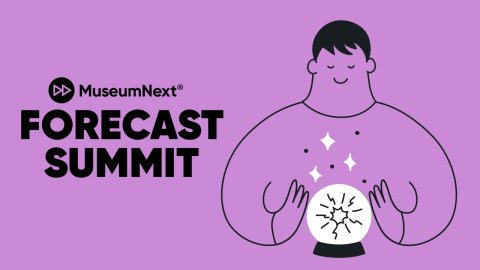

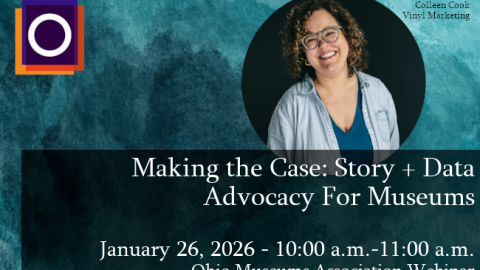


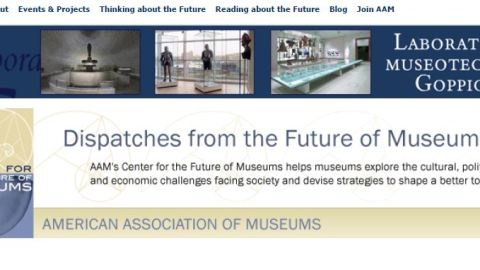
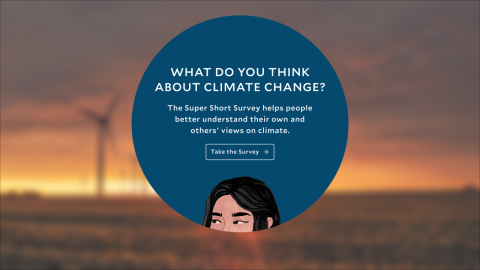
Thanks for sharing your journey to equity and salary transparency at the Bakken. Wondering if you can detail more please about how you are finding the money for your “challenging” 2022 budget, and how the Board was convinced to agree to this financial change.
Thanks for the questions, Claudia. Our Board has always been good about listening to the needs of the staff. For example, during COVID we made the case for not doing layoffs or furloughs, and they supported that by allowing us to go into the black a bit using a short term line of credit. With the help of federal COVID relief, we were able to erase much of that debt. As to how we’re finding the money this year, frankly it is difficult. Inflation is making things even more so – everything is more expensive. We raised some prices for some offerings at the beginning of the year, and we may have to look at that again. I wish I had the “oh we just did this!” response.
Into the red. Not the black. Whoops.
Openly communicated, detailed, applicable, and inspiring overview of what it takes to build pay equity in a traditionally obfuscating discipline. Really happy to see this published, publicized, and sparking conversations and hopefully action. Thanks for capturing it, Joe.
Sounds good to me! I would love to make what others are making. Now the real question is; how do you get the members of your board to agree with that?
We are losing people because they argue that the same work, whether done in a for-profit or a non-profit organization, should be compensated not according to the organization’s limitations, but to the nature of the job. Every company says they don’t have the money, but if that’s true, then perhaps that company/organization shouldn’t exist. Otherwise we are expecting people to sacrifice for an idea, and the only people who can afford to do that are well off and mostly white.
Can you tell me more about the adjusted midpoint salary based on each employees time with the museum? What did you figure for each year of service? Thank you!
Sure! This was difficult as determining for “experience” can be loaded with bias. We aimed for a model that was set up in a way that minimized bias and represented experience with the museum as we had many staff who had been with us over several periods of no annual raises. So this is what we did – we determined the target salaries to be their midpoint salary adjusted as follows:
0 up to 2 years with organization: 90% of midway point
2 up to 5 years with organization: 95% of midway point
5 up to 8 years with organization: 100% of midway point
8 up to 10 years with organization: 105% of midway point
10+ years with organization: 110% of midway point
How we communicated this was not perfect, and caused some confusion. The confusion came from the fact that the “midpoint salary” is the salary of someone who has been in the role for a bit of time – it is not the beginning salary. The salary data that is gathered from museums and nonprofits for the studies we used is not the beginning salary for that role, but the salary of the person who is in that role at that organization at the time of the study. That person could have been in the role one week or 30 years, thus the midpoint salary is not the beginning salary. It is something that was not communicated well so some staff believed we were penalizing newer staff with the adjustments. Something for us to learn from and do better next time!
I’m curious about your salary survey going into 2024. You mentioned that you added 2% each year until 2020 to find your target. Are you planning to add 2% for each year for 2021-2024, or are you going to be using a higher percentage due to high inflation over the past several years?
Hi Erin, thanks for the question. We added 2% per year for the AAM salary study, but at this point that data is pretty dated, and so we’re not going to use it at all when we next do a salary study (which is in 2024). We will instead use a salary study the Minnesota Council of Nonprofits produces, which breaks the salaries down by type of institution (arts & culture organizations are a category) and by budget size (and other ways as well). The study will be released in October 2024 so we will have the most current data for our area. Thanks again for the question!
Hi Joe,
Thank you for your response! That is helpful moving forward. We have one similar in Michigan that I will be able to pull from. Again, thank you and wishing well heading into the New Year!